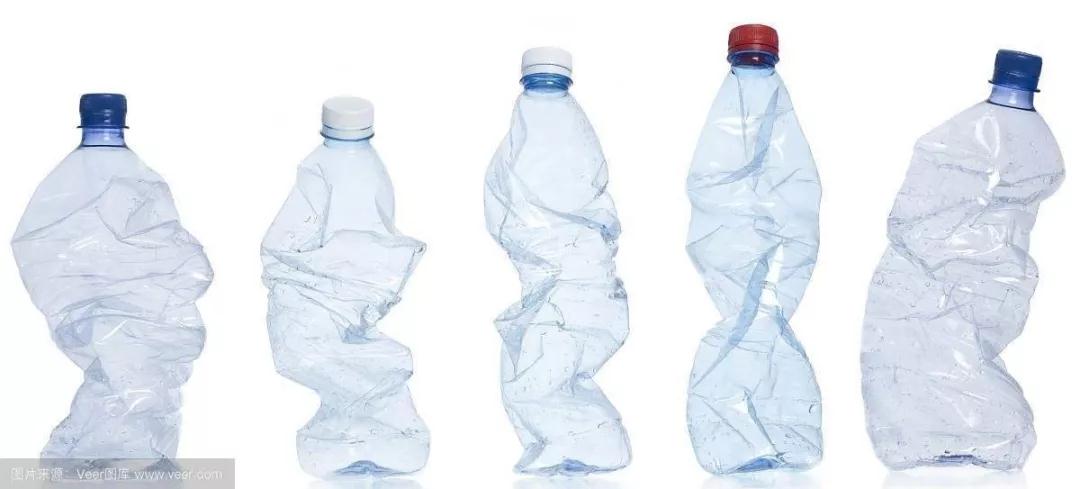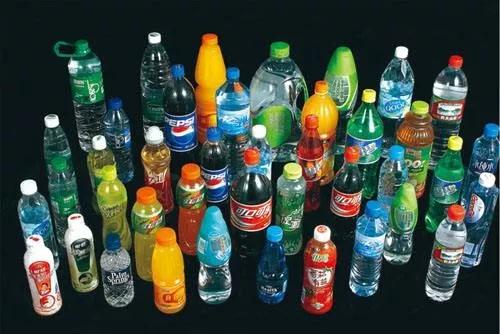Recently, consulting company Wood Mackenzie released its latest report, "Is the Year of RPET Decoupled from Native PET? ".
With increasing opposition to plastics and increasing awareness of plastic pollution, global interest in RPET has reached an unprecedented level, and a large number of commitments for collection and recycling have been made.
In china
The domestic recycled PET bottle flake industry is in the shifting stage of development, and the recycled PET bottle flake is also at a new starting point for green development.
With the development of new dimensions, new dividends, new standards, new processes, new technologies, new equipment, new quality, and new applications for the industry, it is also driven by new-generation information technologies such as artificial intelligence, the Internet of Things, and big data. The difference of price between the original recycled bottle flakes / chips is basically adhered, and even the case of price higher than virgin PET chip / flake chips has occurred many times.
At the same time, coupled with the low price elasticity and high recycling costs of the recycled PET bottle flakes industry, especially in the special period of iron fist treatment and environmental protection, and special attention to safe production, non-compliant PET bottle flakes cleaning plants face remediation, upgrading, and elimination. However, due to the impact of Sino-US trade, weak terminal demand, new materials continue to put pressure on it, and low-priced imports seize the market. In 2020, the production of recycled PET bottle flakes and recycled PET bottle flakes and recycled PET fibers will be under pressure from the enemy, and manufacturers will be under pressure Stand out.
In 2019, with the increasing recognition and widespread use of recycled products by international brands, it has also generated a enthusiasm for high-quality recycled PET materials and recycled PET fibers.
In 2020, chemical raw material preparation and direct spinning technology will shine. This will be a new spring for waste textiles. At the same time, it will be possible for the recycled PET industry to continue to use low-cost raw materials to produce high-quality products through chemical methods. Profitability and competitive advantage of the industry.

In Europe
Pieterjan Van Uytvanck , principal analyst at Wood Mackenzie, said: "In addition to regulatory commitments, such as the EU's one-time plastic directive announced earlier this year, many brand owners have announced ambitious sustainability goals. Some brand owners have goals beyond The EU ��s disposable plastics directive further emphasizes the impetus towards a circular economy. ��
However, the first step in recycling is collection, which remains a problem.
According to Wood Mackenzie's analysis, the collection of post-consumer PET bottles in Western Europe is expected to increase due to regulatory support. However, despite forecasting a large growth rate, meeting the EU's one-time plastic directive target of 90% will still be a serious challenge for the industry.
The collection rate in Western Europe is currently estimated at 57% in 2019. From 2019 to 2029, the entire region's collection volume is expected to increase by 5% per year, and the region's collection rate is expected to increase to 78%. However, this still has not reached the 90% target in 2029.
Today, RPET has cost more than virgin PET (vPET). However, the cost savings of lowering the price of vPET resin can promote the increase in RPET content, while maintaining the overall packaging procurement costs.

Pieterjan Van Uytvanck said, "When considering the overall packaging portfolio, we need to consider the cost of mixing RPET and vPET resins.
"We conducted a high-level hypothetical scenario, and we needed to consider the mixing cost of rPET and vPET resins. We ran a high-level hypothetical scenario and found that the cost of increasing the customer's rPET content could actually be obtained by reducing the price of vPET resin Compensation. By preserving the overall packaging budget, moving towards more sustainable solutions without the need to hit consumer pockets. "
"In our scenario, we assume a fixed budget for purchasing PET and rPET for packaging at � 1131 / tonne-this is the highest price for free-market PET virgin resins this year, and there are no additional conversion losses and vPET resins and food The cost of switching between high-grade rPET particles. "
"The reduction in vPET prices since April means that more rPET content can be obtained while maintaining the same budget-without incurring any additional costs to consumers. In fact, with the same packaging budget, The rPET content can increase by up to 50% in November. "
"This case helps to highlight why rPET prices are able to maintain their premiums. Customers are willing and able to pay for materials to meet rPET's sustainability commitments, partly funded by falling prices for vPET resins."

"However, in addition to collection, another factor limiting the greater adoption of food-grade rPET in the European market is the availability of decontamination and re-pelletizing capabilities."
He added that government initiatives, such as levying taxes or moving to deposit refund programs, are unlikely to increase recycling efficiency if carried out separately.
"We need to better understand how to recycling, including the benefits and understanding of pollution. This level of education can be led by the government, and the government can get the necessary funding, resources, and regulation to make a lasting impact."
"Our analysis also highlights that if vPET prices rise again, the food-grade rPET market will face potential risks. This may reduce the available budget and affordability of rPET, and will therefore lead to an increase in vPET alternatives to maintain the same packaging portfolio cost . "
2019 has seen a strong start, increased commitments to sustainability, new regulations, increased demand and rising prices. However, in the second half of 2019, the intermediate rPET sheet market weakened.
"Therefore, we are cautious about the prospects for 2020." Van Uytvanck concluded.
<PET bottles recycling solution , http://www.get-recycling.com/solutions_show.asp?id=12>

